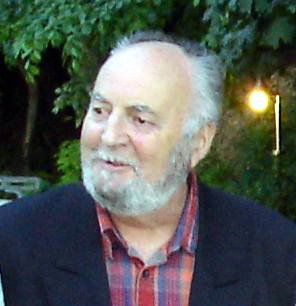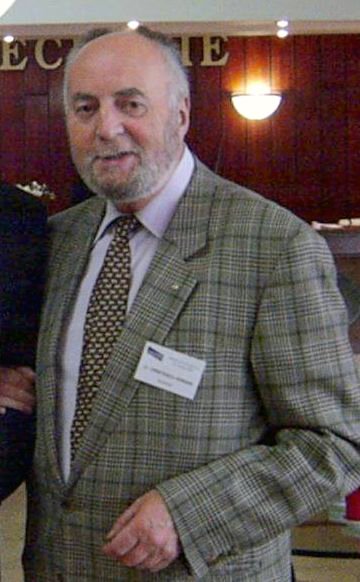Edited by Thomas J Masaryk MD Director, Section of Neuroradiology The Imaging Institute;
Center for Cerebrovascular Disease The Neurological Institute The Cleveland Clinic
Preface
In his biography of Cleveland native Harvey Cushing, John Fulton describes the fortuitous series of circumstances that conspired to create the specialty of neurological surgery. The compulsive and competitive Dr Cushing trained as a surgeon under the precise tutelage of William Hallsted. On the recommendation of his friend and mentor, William Osler, Cushing spent the year following completion of his surgical residency traveling Europe. It was then, under the guidance of Professor Theodor Kocher in the laboratory of Professor Hugo Kronecker in Berne, Switzerland, that Cushing described the relationship between intracranial pressure and systemic blood pressure regulated by the vasomotor center in the medulla that would ultimately be known as the ‘Cushing reflex’. Prior to this time, vital signs (and in particular blood pressure) were not routinely charted during surgical procedures. Cushing continued his experiments as he toured Europe, performing studies in dogs in Professor Angelo Mosso’s laboratory in Turin, Italy. While in Italy, Cushing was serendipitously introduced to Scipione Riva-Rocci’s elegantly simple sphygmomanometer, which he promptly recognized as a significant addition to the operating room.
Upon his return home the combination of his compulsive personality, watchful (albeit indirect) management of systemic and intracranial pressure, and career-long obsession with hemostasis
(Cushing developed the silver hemoclip, and, with physicist W Bovie, introduced electrocoagulation) precipitated the beginning of neurosurgical practice.
In 1979, I came to Cushing’s home town as a medical student at the suggestion of my father. A local medical imaging company, Technicare, had just installed their first commercial digital
subtraction angiography system at the Cleveland Clinic. Drs Paul Duscheneau, Mickey Weinstein, and Michael Modic were furiously imaging patients with the new device and publishing papers. The link between imaging and computers was strikingly powerful. . .
my father had me hooked. I was extraordinarily fortunate to continue to benefit from this confluence of technology with the help of Dr Ralph Alfidi and my colleagues Jeff Ross, Paul
Ruggieri, and Mike Modic, and perhaps more importantly the indulgence of my wife, Midge, and our four daughters.
Ingenious innovators such as Serbinenko, Engleson, Guglielmi and others have helped transform imaging from diagnostic adjunct to sophisticated guidance for definitive treatments (in a
fashion analogous to the evolution of neurosurgical management hemostasis and intracranial pressure). Therapeutic devices will continue to develop in parallel with advances in image guided
techniques. Presently, many of these are complimentary to conventional, open, neurosurgical procedures. As some techniques replace surgery, it seems unrealistic for radiologists to presume
that surgeons will either watch idly or that, as imagers, they can remain uninvolved in pre- and post-procedure care and follow-up.
In this respect I have been blessed to work as a true team with Peter, Henry, and David as well as the dedicated nurses and technologists in the angiography suite and the operating room at the Cleveland Clinic. Each contributes a unique and valuable skill set based on their training background; everyone recognizes that as a whole, the team functions better because
of it . . . and (I truly believe) patients do better. In 2003 the group established the second formally credentialed fellowship in Endovascular Surgical Neuroradiology. In our own way, we each felt that a new specialty had arrived. To each and every one, our sincerest thanks.
Thomas J Masaryk
2008
http://ifile.it/9dpvjzn
Abonați-vă la:
Postare comentarii (Atom)



Niciun comentariu:
Trimiteți un comentariu